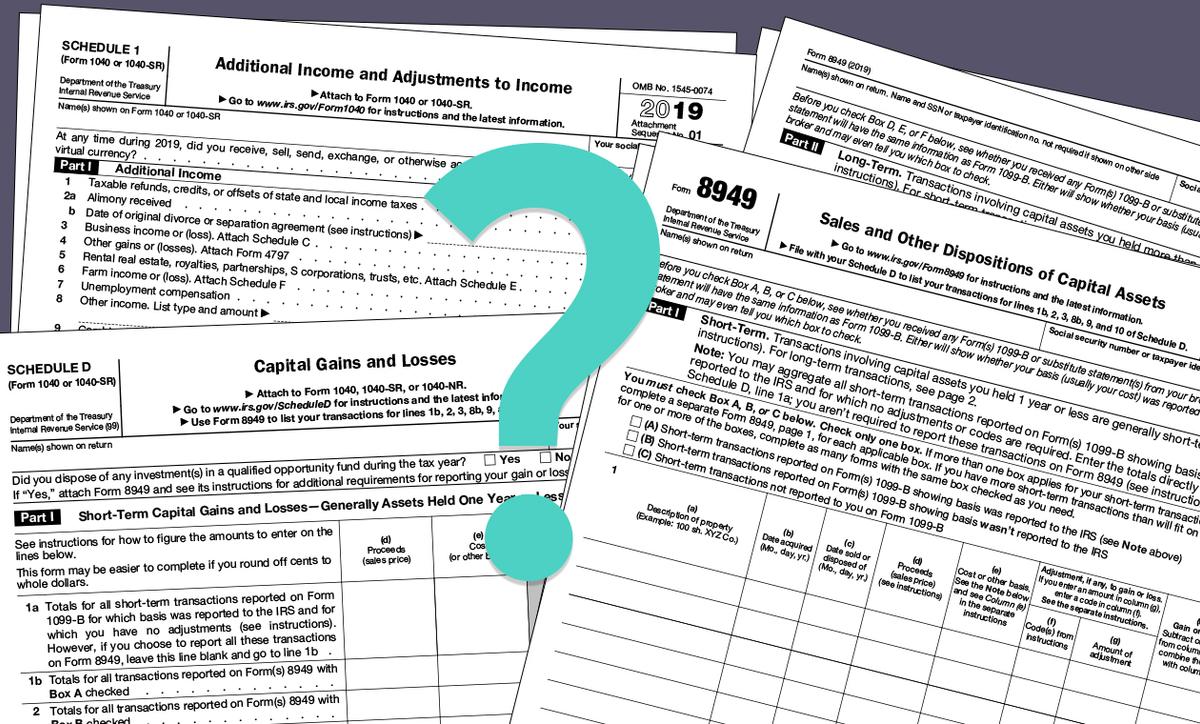
Running out of time? Managing cryptocurrency taxes can be complex, and sometimes, you may need additional time to ensure accuracy. Filing a tax extension grants you extra time to prepare your return without incurring late filing penalties. This guide will walk you through the process of obtaining a tax extension for your 2024 crypto taxes.
This guide is intended as a generic informative piece. This is not accounting or tax advice that can be relied upon for any individual’s specific circumstances. Please speak to a qualified tax advisor about your specific circumstances before acting upon any of the information in this article.
Understanding Tax Extensions
A tax extension provides an additional six months to file your federal income tax return, moving the deadline from April 15 to October 15. It's important to note that this extension applies only to the filing of your return, not to paying any taxes owed. You are still required to estimate and pay your tax liability by the original April 15 deadline to avoid interest and penalties.
Why File a Tax Extension?
- Avoid Late Filing Penalties: The IRS imposes a penalty of 5% of the unpaid taxes for each month your return is late, up to a maximum of 25%. Filing an extension helps you avoid these penalties.
- Ensure Accurate Reporting: Cryptocurrency transactions can be high volume and complex. An extension provides additional time to gather records, perform necessary calculations, and seek professional assistance where it’s needed.
- Accommodate Unexpected Delays: Life events or unforeseen circumstances might impede your ability to file on time. An extension offers a buffer to manage these situations without added stress.
Step-by-Step Guide to Filing a Tax Extension in the US
Step 1: Obtain IRS Form 4868
Head to the IRS website and find IRS Form 4868, "Application for Automatic Extension of Time To File U.S. Individual Income Tax Return,"
Step 2: Estimate Taxes Owed
Even with an extension, you're required to pay any taxes owed by April 15 to minimize penalties. Use your records of crypto transactions to estimate your tax liability. Recap can help you to aggregate your crypto transaction data, helping you estimate your tax liability.
Step 3: Submit Form 4868 and Pay Taxes Owed
File Form 4868 electronically using IRS Free File and pay any estimated taxes owed using IRS Direct Pay or the Electronic Federal Tax Payment System (EFTPS). Alternatively you can mail a paper form and payment to the IRS address listed on the forms instructions - ensure it is postmarked before April 15 to avoid late filing penalties.
How Recap Helps
You can use Recap to quickly and accurately calculate your crypto taxes, ensuring timely filing and reducing the risk of penalties.
- Data Aggregation: Automatically import transactions from your exchanges and wallets, providing a comprehensive view of your crypto activities and applying fair market valuations.
- Accurate Calculations: Computes capital gains, losses, and income based on your transaction history.
- Report Generation: Produces detailed reports that can be used to support your tax filings.
Note: While Recap provides comprehensive data solutions, it does not offer personalized tax advice. For specific tax-related questions, consult a qualified tax professional.



